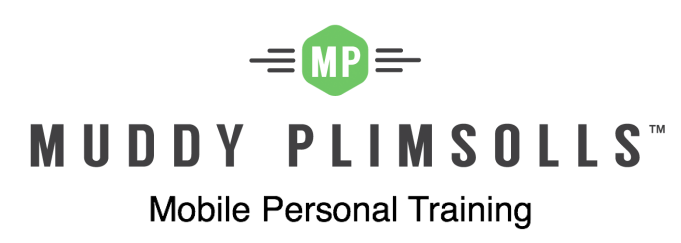PA…meet PT: Advice for PA’s who need to find a personal trainer for the boss

Here at Muddy Plimsolls, we’ve had a lot of experience working with PA’s, mostly in the financial sector. As co-founder of Muddy Plimsolls, my wife Fiona left her beloved PA position in the Gherkin to work with me so we’re well aware of the demands of the PA, EA and VA. I thought it might be useful for PAs who have been tasked with finding a trainer or working with their boss’ pre-existing trainer, to have a brief guide on what you might expect. We at MP specialise in mobile personal training (that is, trainers travelling to where the client is) so our advice comes from this sector.
Where to Find A Personal Trainer
Aside from business directories and an online search, the Register of Exercise Professionals (REPS) (http://www.exerciseregister.org) holds the largest database of fitness professionals in the UK (around 30,000). REPs is a government-backed charity for the self-regulation of standards of practise for members of the UK fitness industry – coaches, instructors and trainers.
In their own words: REPs provides assurance and confidence to the public and employers that all professionals on the Register are appropriately qualified and have the knowledge, competence and skills to perform their role effectively.
To be a member, a personal trainer must show they have attended a number of approved training courses every two years. Plus they must hold a valid Public Liability Insurance (PLI) certificate.
Most personal trainers will be members of REPS. It’s inexpensive and to be honest it’s the only game in town. If you want to be employed by any reputable gym or sports organisation/facility you’ll need to be a member. It’s also a good way to show that you are qualified to a certain level and committed to Continuing Professional Development (CPD)
Personal trainers have to be Level 3. Level 4 (the highest) is becoming more common but often refers to specialist areas such as cardiac rehabilitation.
Checking Fitness Qualifications
There are a bewildering number of companies who providing education to fitness professionals. Most are REPS-accredited (again, you can check on their website of a training provider’s name) and so conform to a certain quality level. The most well-known providers are:
- American College of Sports Medicine (ACSM)
- National Academy of Sports Medicine (NASM)
- Global Premier
- YMCAfit
- Discovery Learning
- Health and Fitness Education (HFE)
- Fitness Industry Education (FIE)
Fitness Professionals and Insurance
Personal trainers should carry Public Liability Insurance (PLI) which will range from £2m-£5m. This covers their clients and equipment for accidents and for working on other people’s property. It also covers clients visiting the trainer in their own facility/studio.
Personal Training Client Contracts
Self-employed personal trainers or personal training companies ought to have their own client contract. A basic contract covers professional conduct, the trainer’s expectations of the client, billing, and cancellation and rescheduling policies (for both client and trainer).
If your PT candidate does not have a client contract, they should at least have terms and conditions that are publicly available. Ours are here. Failing this, you could at least ask the trainer to agree to REPS’ own code of conduct which you can find here.
The Physical Activity Readiness Questionnaire (PARQ)
This is a document that the client will have to complete and sign before beginning their first session. It’s essential for fitness professionals to have this document in place before training begins as it’s part of their insurance cover. Basically, it’s a reminder to clients that they should seek medical advice before starting a programme of physical activity. In addition it allows clients to tell the trainer abut any medical conditions/injuries and concerns the client has that may affect their training.
If you want to know what one looks like, our own online PARQ form also combines some further client questions to help us prepare for the client’s first session.
Scheduling with a Personal Trainer
We’re betting that booking personal training for the boss isn’t going to be high on a PA’s list of priorities. That’s why Muddy Plimsolls has always focussed on pre-scheduling workout sessions in advance. We ask our trainers to book all of their sessions for the next 4 weeks with the client’s PA in one go, within a single email if possible. That way, it’s done. A trainer shouldn’t be ending a workout session by pulling out their diary and asking the client directly “when are you free next week?”
Of course, changes can be made as the weeks progress, but it shouldn’t come from the trainer side. Once a client is in their diary, they shouldn’t be requesting changes from you, the PA.
Communication
The work life of a personal trainer is such that if they are busy it is often in the early mornings (seeing pre-work clients) and in the evenings (post-work clients). If they are lucky enough they’re also busy at lunchtimes. In between is the trainer’s admin time. However, a mobile trainer may not have access to a computer during the day. So much of their communication may have to be through the phone (either calls or texts). We encourage our trainers to use email on their smartphones because it leaves a clear paper trail for client, PA and trainer. Or to follow up in the evenings when they get to a computer. Now you know why you get emails from a trainer at 10 o’clock at night.
Conclusion
If you are a PA, EA or VA who requires more specific help in this area, I’d be happy to answer any questions if I can direct on jason@muddyplimsolls.com
